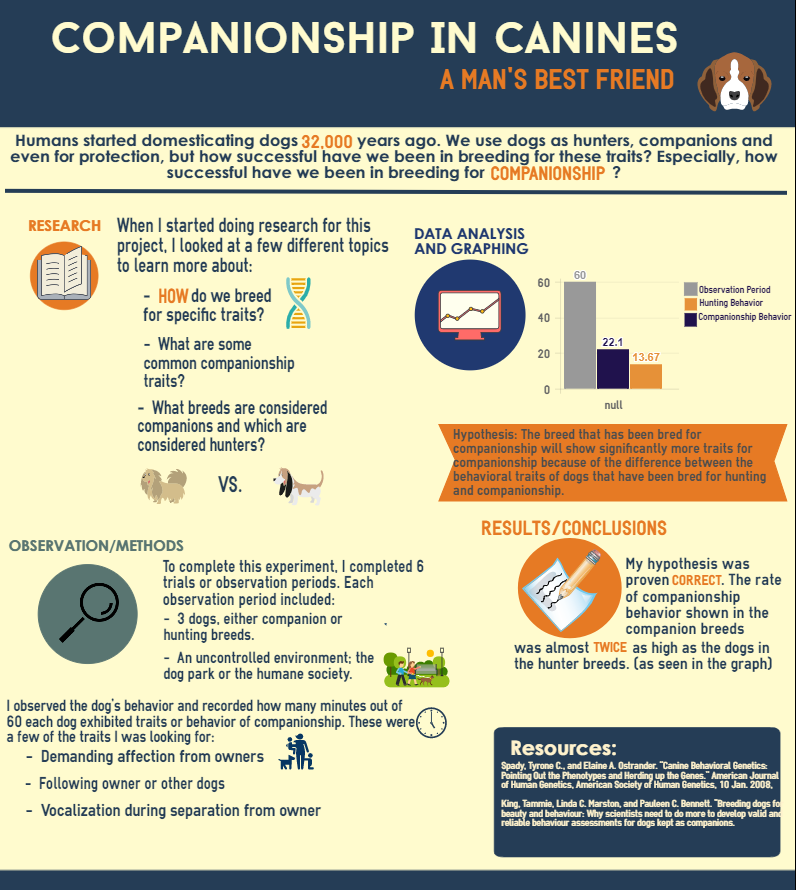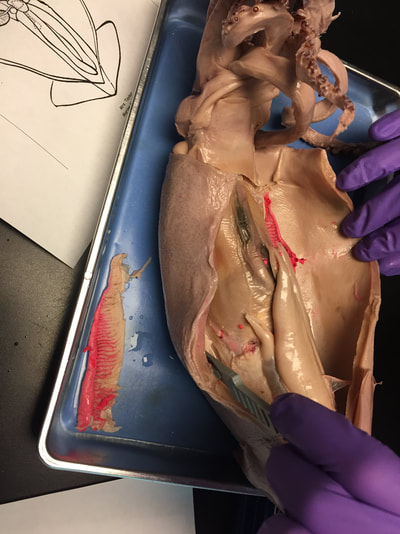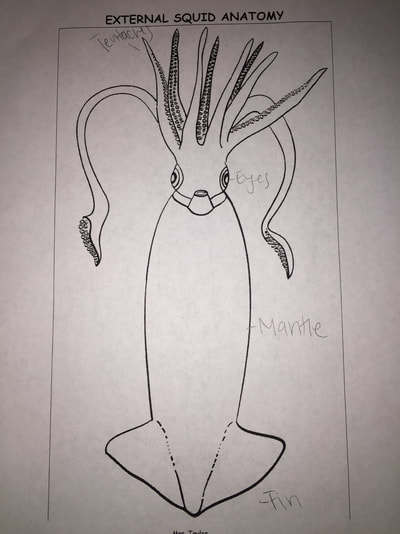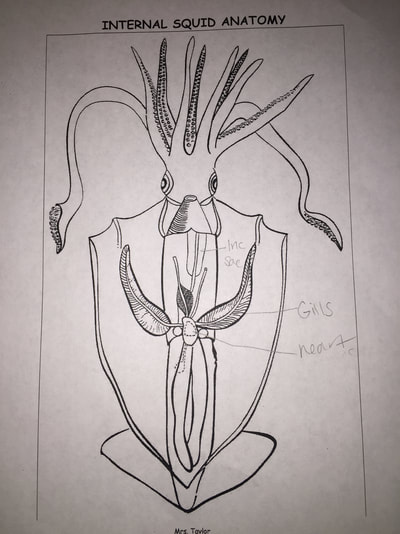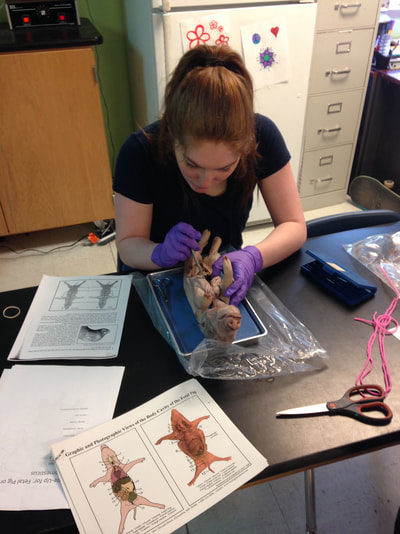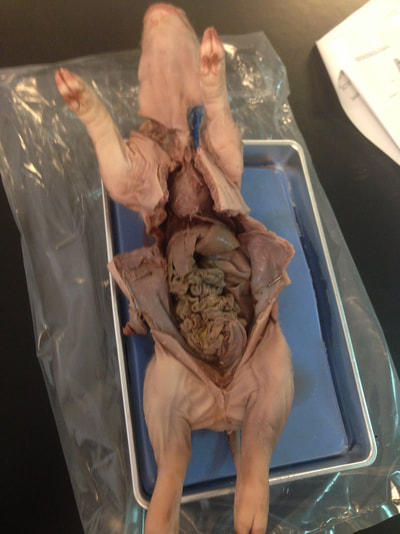Domestication of Species Project
|
This semester, we completed the “Domestication in Species” project. In this project, each student was to choose an individual research topic about a species. (dogs, cats, horses, foxes etc.) Through this process, we would learn about domestication as a whole, how animals inherit traits from their parents, and how to create a self-guided research project.
I picked the topic of companionship in Canines. I was extremely interested in the way humans breed dogs for specific traits. I chose companionship because I thought it would be a different perspective than a lot of my peers, who were studying aggression. To start this process, I started my research by looking at what dog breeds were considered companions, and which were considered hunters. I also looked at what kind of behaviors/traits made a hunter or companion. After a lot of research, I created a list of behaviors that are found in “companion” dogs. I then found a place I could observe the dogs and their behaviors. After the experiment was set up, I observed the dogs for 1 hour. I observed how many minutes out of 60, each dog showed traits/behaviors of companionship. I then, wrote down my findings in a pre-made google spreadsheet. I repeated this process 6 times, going back to the humane society/ dog park on different dates. Finally, I put all my data into tables, analyzed the results, and put my findings onto a infographic for exhibition. (shown here) My original hypothesis was proven correct. The rate of companionship behavior shown in the companion breeds was almost twice as high as the dogs in the hunter breeds. (as seen in the graph) Future questions that I have about my individual project, are related to other factors that could’ve affected my results or results in other experiments like this. As I was completing this project, I realized that a lot of a dog’s behavior has to do with training and environment. For example, a dog that’s breed is considered a “hunting dog” might have been raised/trained in an urban setting. This would affect the dog’s hunting skills, because they have never had to practice or use those skills. In my project, I was more interested in the biological side of breeding, so I was looking at what dog breeds have been bred genetically for companionship traits and if that has been successful. |
Comparative Anatomy Project -Dissection Week
|
Observations:
My dissection- Fetal Pig: Why Fetal Pig? Like humans, pigs are mammals so their anatomy is very similar to that of a human. For example, almost all of the main structures and systems are the same. I love anatomy, and my dream is to become a doctor, and I think this is the reason I chose to dissect a fetal pig. I know about human anatomy from previous classes I have taken, and I thought it would be an amazing experience to compare the two anatomies. How do Fetal Pigs compare to Humans? While many of the main structures and organs are similar, one that stands out is the heart. Much like the human heart, pig’s hearts have two atriums, two ventricles, four valves and an aorta. While the differences are few, the anatomy of a pig has minor changes compared to the human. For example, the liver of a pig has 5 lobes, compared to a human liver that has 4. For the most part Pigs are very similar to human anatomy, and this is the main reason pig dissections are so common to science and anatomy classes. I am so glad I had the opportunity to dissect a fetal pig in biology this year. Feeding: Pigs are omnivores, which means they eat plants and animals. In the wild pigs eat a lot of plants, roots and berries for nutrients, but they will eat almost anything they can get. Dead insects are also a part of a common diet. Similar to humans, pigs are one of the only animals that chew their food. Lifestages:
Pigs are not an animal that migrates, so they normally inhabit areas with good climate. While they can survive in colder climates, they prefer to live in warm temperatures. In the U.S. pigs mostly live in the south and on the coast of CA. |
Click on images to see full sizes and captions!
|
